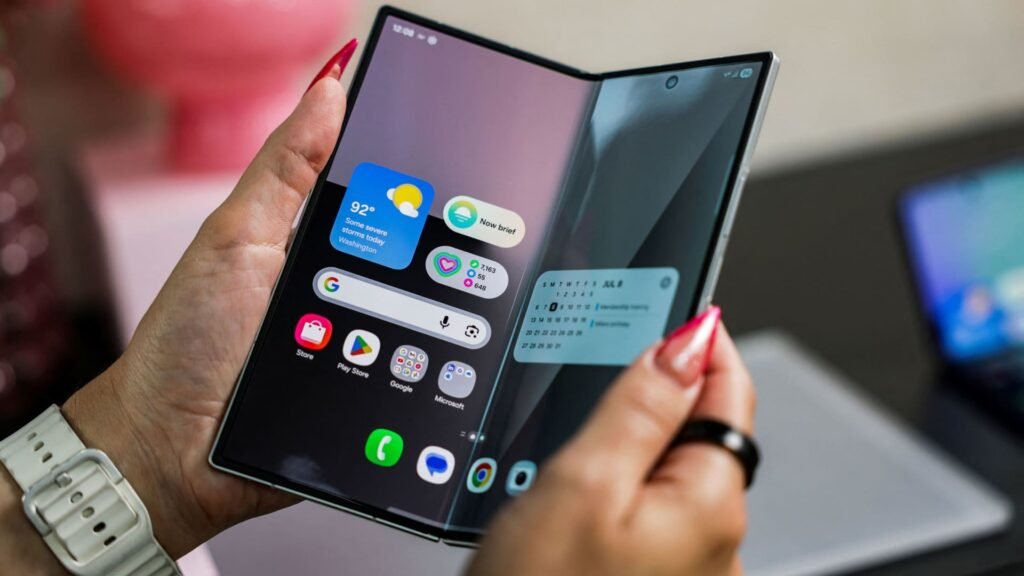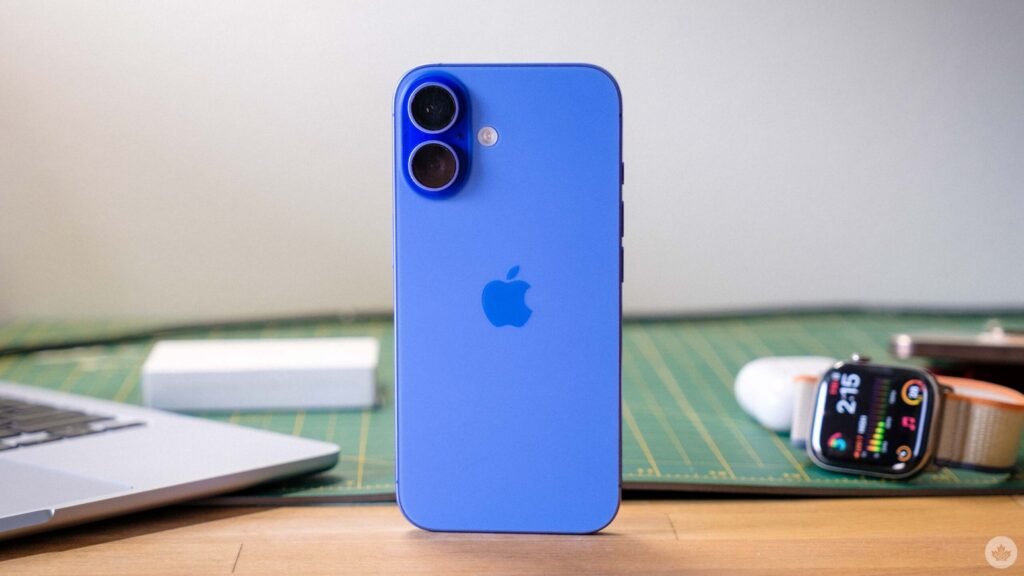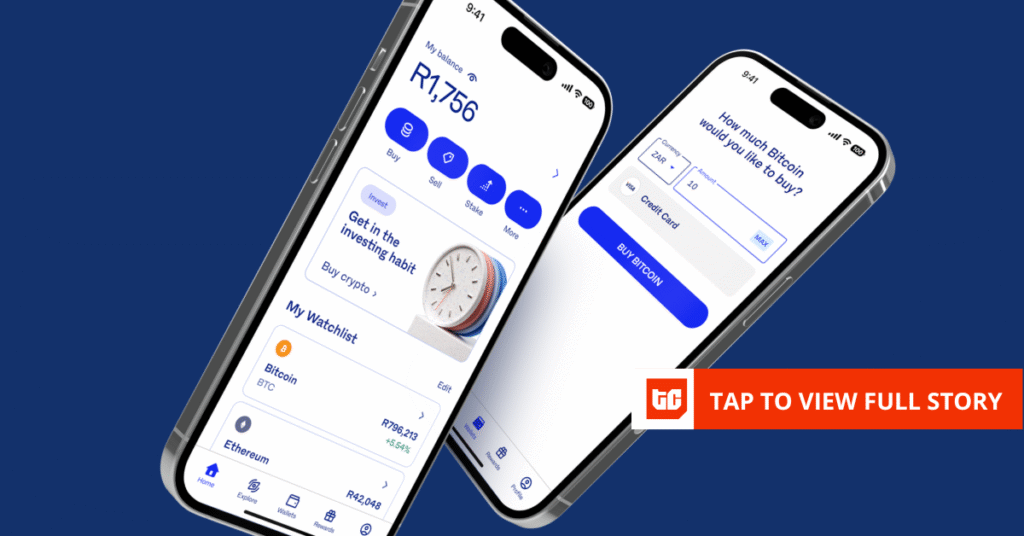Uneasy about your kid’s iPhone obsession? These apps can help.

Forget whatever you put on your holiday or birthday list when you were little — Gen Z kids will start asking for an iPhone as soon as they’ve mastered their parents’ touch screen.
It doesn’t matter what age your kid is: Whether it’s their very first phone or their fifth, parents are going to worry about what’s behind that scrolling and tapping. Parental control apps have come to be a convenient compromise between kids who really don’t want to hand over their phone and parents who really don’t want to have to confiscate it.
How do parental control apps work?
At their core, parental control software lets you monitor your child’s phone, tablet, or computer remotely. Corresponding apps are downloaded both on the parent’s device and on the child’s device. From there, parents can do anything from monitor internet searches and browsing history, block inappropriate or distracting apps, or limit screen time all together. It’s a less invasive and more respectful method than physically snooping through their phone or computer — and when kids know that their activity is being watched or managed, good habits might stick better.
SEE ALSO: How to avoid bad habits with your kid’s gaming and screen time
Worries of kids turning into technology zombies certainly aren’t new, but 2020’s mass migration to virtual learning and more parents staying home pushed the issue: How can I *safely* plop my kid in front of a tablet for half an hour so that I can do something without interruptions? You’re pretty much in the clear as long as you choose a high-quality children’s show. Instead of hoping that they don’t figure out how to search on Netflix, parental control apps can disable everything but educational and age-appropriate content altogether.
Apple’s Screen Time vs. third party parental control apps
A 2019 sweep of third-party parental control apps on the App Store severely curbed functionality on some of the most popular downloads. Around the same time, in response to accusations that its devices were too addictive, Apple unveiled Screen Time: An iOS-specific screen time tracker that parents could utilize to mitigate their child’s usage. Apple claimed that the competitors put individuals’ privacy at risk, though Apple does like to do things the Apple way — but we digress.
The restrictions have all but killed apps like OurPact, Famisafe, and Qustodio (hence the onslaught of one-star reviews from the past year). Many are still available to download but aren’t as holistic as they are on Android.
Kaspersky Lab, which has a feature that lets you know if stalkerware has found its way to your phone, also isn’t available on iOS — but that’s because it’s already harder for hackers to install such malware on iPhones. This is the same reason that many parents choose a Chromebook as their kid’s laptop.
The controls baked into iOS will suffice for a lot of people. They can set screen time limits, block certain apps and websites, or restrict new downloads or things with an explicit content rating altogether. But Screen Time becomes useless pretty quickly if the parent or child has an Android, if the parent and child share a device, or if kids crack the code on how to get around limits that have been set — that happened almost immediately.
Which parental control apps work best on iPhones?
Families with multiple kids, people sharing one device, or a hectic schedule that would benefit from geofencing — a GPS feature that blocks certain apps when your kid is within a certain geographical area or alerts you when your kid leaves a certain geographical area, like school or sports practice — might just need a little more oomph.
Fortunately, whether they somehow flew under the radar of Apple’s cutbacks or debuted in the App Store later and weren’t affected, there are still a handful of solid parental control apps to choose from. Most cover the basics: setting time limits or recurring schedules, sending activity reports of which apps are used the most, blocking or deleting sketchy or distracting apps. A few offer more hardcore measures like geofencing or call, text, and contact monitoring.
Use parental controls as a safety tool, not a spying tool
Some parents suggest downloading one of these apps on your kid’s phone without telling them. Here’s our take: Don’t do that. We’d be remiss to omit the possibility of loopholes for kids to look for if they know the app is there, but monitoring their activity behind their back feels like rebellion or resentment waiting to happen. Depending on how much of the content on your child’s device that an app can see, it could quickly become a breach of privacy.
Instead, try to agree on a screen time routine and a list of apps and websites that are appropriate. Letting them in on the process can build trust rather than diminish it. Plus, their understanding of why TikTok and Instagram are blocked during homework hours or at bedtime can help them learn a solid set of cyber safety habits.
Here are the best parental control apps for iPhone in 2020:
Your best bet
Top-notch web filtering • Social media and TikTok feed filtering • Friendly and easy to understand on the child’s end • App guides you through the installation process • 30-day log of location history, web history, and screen time
No call or text monitoring • Screen time limits must be set on a daily basis • Steep pricing plans limited to five or 20 devices
A newly-rebranded app that looks great, provides a ton of detail, and is approachable on the kid’s end.
1. Net Nanny
Feel better about your kid’s TikTok obsession with NetNanny’s social media feed filters and live web monitoring.
- Five devices: $54.99/year
- 20 devices: $89.99/year
Be the first to write a comment.



